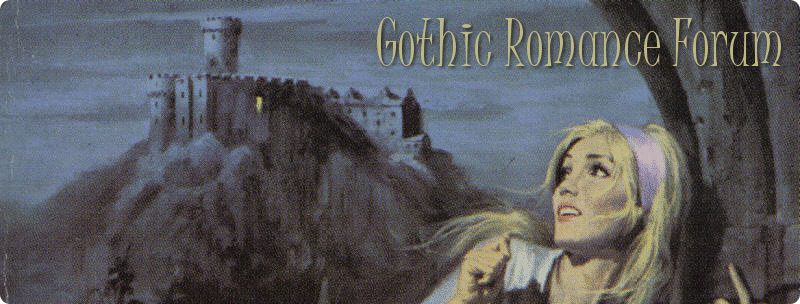10-29-2007, 09:34 PM
Unfortunately, I've never read The Castle of Otranto. I'll have to remedy that!
I do agree that early Gothics tended to make characters all good or all evil. One of the themes of later Gothic romances though is the changing face of the hero. The heroine, and the reader, don't really know where the hero stands until later in the book.
Examples...
1. Mr. Rochester in Jane Eyre. What is up with this guy and what is he hiding in the attic? Did he kill his wife or what?
2. Max de Winter in Rebecca. Same thing. Did he or didn't he kill his wife? Who is he exactly?
3. Erik in Phantom of the Opera. Crazy killer one minute, heart-tugging lover and pitiful outcast in the next.
And, in each case, an older hero is paired with a young, inexperienced girl.
I do agree that early Gothics tended to make characters all good or all evil. One of the themes of later Gothic romances though is the changing face of the hero. The heroine, and the reader, don't really know where the hero stands until later in the book.
Examples...
1. Mr. Rochester in Jane Eyre. What is up with this guy and what is he hiding in the attic? Did he kill his wife or what?
2. Max de Winter in Rebecca. Same thing. Did he or didn't he kill his wife? Who is he exactly?
3. Erik in Phantom of the Opera. Crazy killer one minute, heart-tugging lover and pitiful outcast in the next.
And, in each case, an older hero is paired with a young, inexperienced girl.



